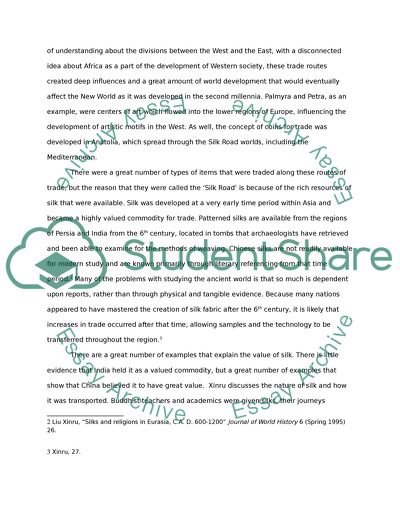Cite this document
(“The Influence of Globalization as Exampled through the Silk Road Essay”, n.d.)
The Influence of Globalization as Exampled through the Silk Road Essay. Retrieved from https://studentshare.org/history/1445359-commonalities-and-differences-in-the-classical-and
The Influence of Globalization as Exampled through the Silk Road Essay. Retrieved from https://studentshare.org/history/1445359-commonalities-and-differences-in-the-classical-and
(The Influence of Globalization As Exampled through the Silk Road Essay)
The Influence of Globalization As Exampled through the Silk Road Essay. https://studentshare.org/history/1445359-commonalities-and-differences-in-the-classical-and.
The Influence of Globalization As Exampled through the Silk Road Essay. https://studentshare.org/history/1445359-commonalities-and-differences-in-the-classical-and.
“The Influence of Globalization As Exampled through the Silk Road Essay”, n.d. https://studentshare.org/history/1445359-commonalities-and-differences-in-the-classical-and.


